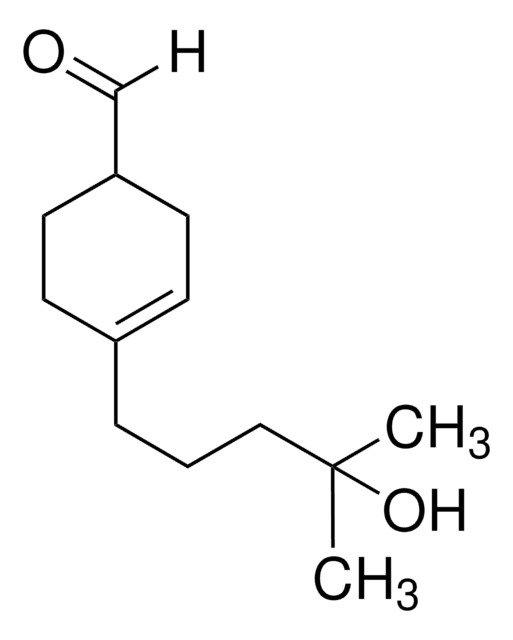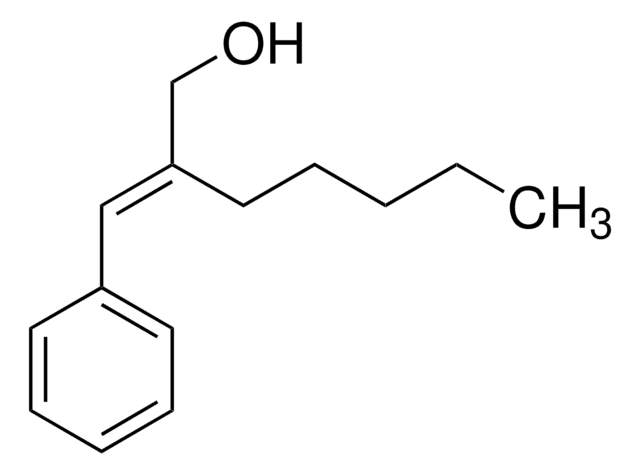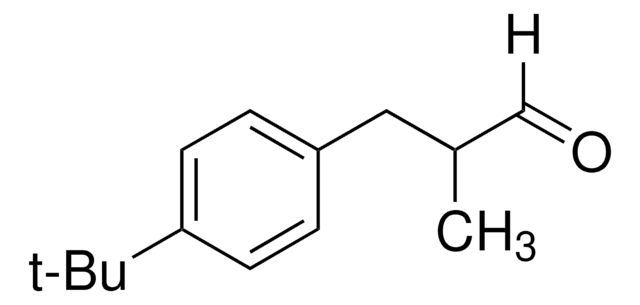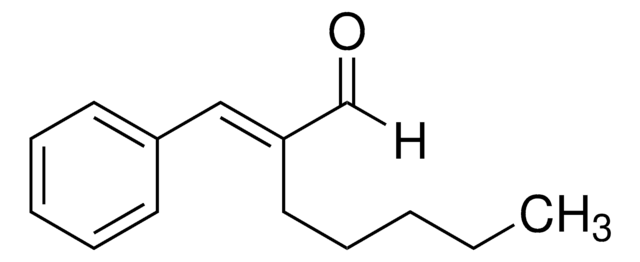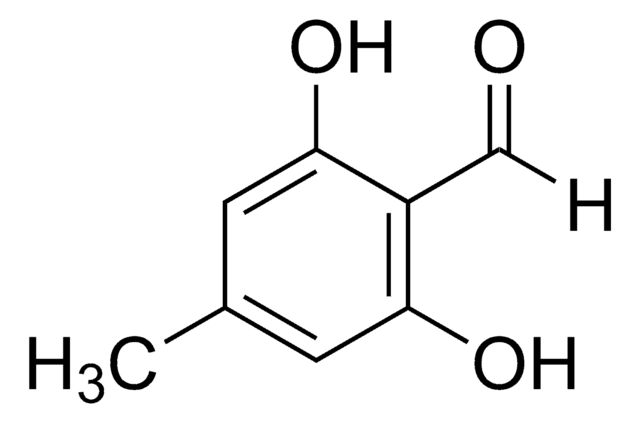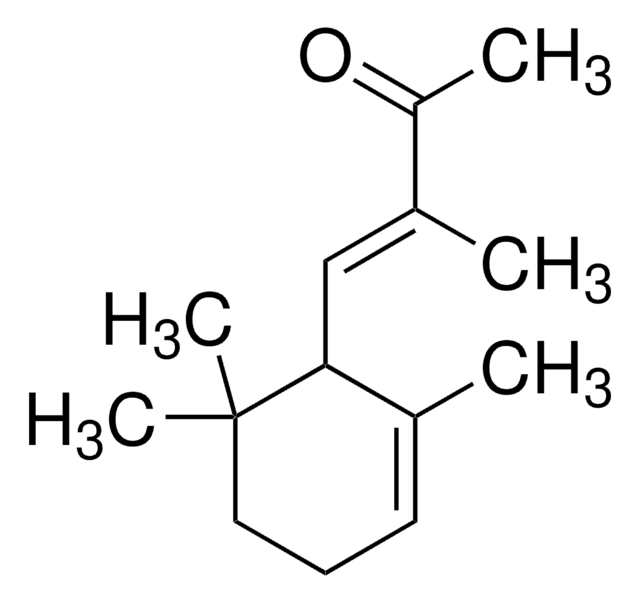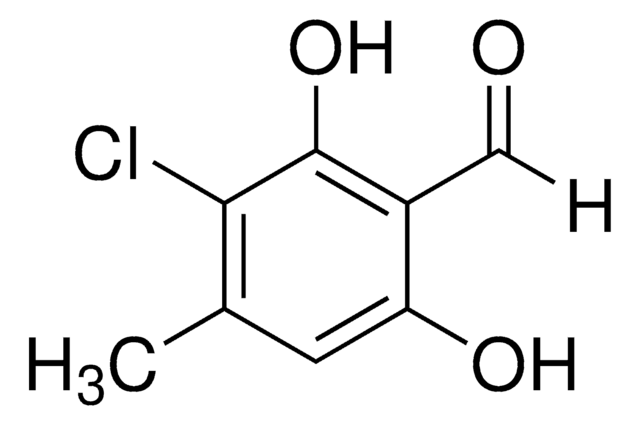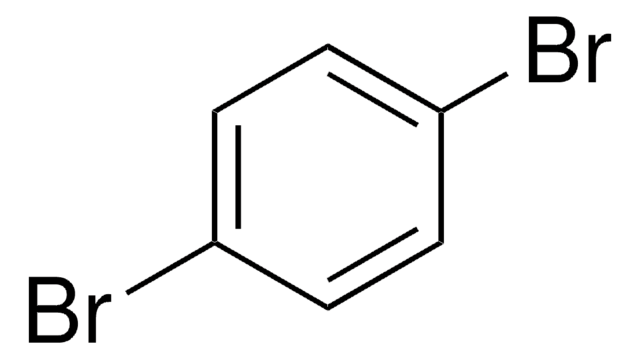95594
4-(4-Hydroxy-4-methylpentyl)-3-cyclohexene-1-carboxaldehyde
mixture of isomers, ≥97.0% (GC)
Synonyme(s) :
4-(4-Hydroxy-4-methylpentyl)-3-cyclohexene-1-carboxaldehyde, 4-(4-Hydroxy-4-methylpentyl)-3-cyclohexenecarboxaldehyde, 4-(4-Methyl-4-hydroxyamyl)cyclohex-3-ene carboxaldehyde, Landolal, Liral
About This Item
Produits recommandés
Essai
≥97.0% (GC)
Forme
liquid
Densité
0.995 g/mL at 20 °C
Groupe fonctionnel
aldehyde
hydroxyl
Température de stockage
2-8°C
Chaîne SMILES
[H]C(=O)C1CCC(CCCC(C)(C)O)=CC1
InChI
1S/C13H22O2/c1-13(2,15)9-3-4-11-5-7-12(10-14)8-6-11/h5,10,12,15H,3-4,6-9H2,1-2H3
Clé InChI
ORMHZBNNECIKOH-UHFFFAOYSA-N
Vous recherchez des produits similaires ? Visite Guide de comparaison des produits
Code de la classe de stockage
10 - Combustible liquids
Classe de danger pour l'eau (WGK)
WGK 2
Point d'éclair (°F)
275.2 °F
Point d'éclair (°C)
135.1 °C
Équipement de protection individuelle
Eyeshields, Gloves
Faites votre choix parmi les versions les plus récentes :
Déjà en possession de ce produit ?
Retrouvez la documentation relative aux produits que vous avez récemment achetés dans la Bibliothèque de documents.
Les clients ont également consulté
Notre équipe de scientifiques dispose d'une expérience dans tous les secteurs de la recherche, notamment en sciences de la vie, science des matériaux, synthèse chimique, chromatographie, analyse et dans de nombreux autres domaines..
Contacter notre Service technique